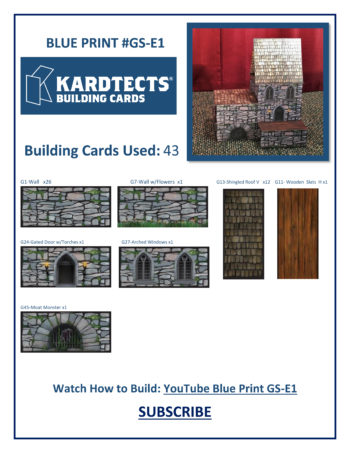
This newly found comrade has the following abilities: Proficiency in a single saving throw, two skill proficiencies, and a slew of weapon proficiencies. With the addition of the sidekick rules in Tasha's, let's assume you have a 4th-level warrior sidekick. Good - A 4th level friend is nothing to shake a stick at.

The fighter is of the same race as you and serves you loyally until death, believing the fates have drawn him or her to you.

You gain the service of a 4th-level fighter who appears in a space you choose within 30 feet of you. Meh - Positive that does little or negative that’s annoying but manageable. Good - A positive effect card, but it’s no three wishes. Cards with an * are only found in the twenty-two-card deck.Įxcellent - This is a card you really, really want. Now, being suspended in an extradimensional sphere or having your soul trapped in a box somewhere isn’t fantastic, but at least your friends can try to save you.Įach card will be ranked based on its effects. Do not pass go, do not collect two hundred dollars”. There’s a fair amount of discussion about the ‘deadly’ cards, but there is no card you can draw that says, “You die. There’s always a lot of talk about all the negative cards you could draw, and I never realized there were just as many beneficial cards in the larger deck.Īnother interesting tidbit is there are no cards that kill your character outright. In doing so, I was pleasantly surprised by what I found. Let’s break the cards down into categories more than just positive and negative, ranking them from worst to best. The odds are slightly in your favor when you have a thirteen-card deck but 50/50 when you are lucky enough to find a twenty-two-card deck of fun and mayhem. Twenty-two card deck (11): Balance, Donjon, Fool, Idiot, Talons Thirteen-card deck (6): Euryale, Flames, Rogue, Ruin, Skull, The Void Twenty-two card deck (11): Comet, Fates, Gem, Vizier Thirteen-card deck (7): Jester, Key, Knight, Moon, Star, Sun, Throne Even without using detect magic, it’s a dead giveaway that you have a powerful set of cards when the DM requires you to tell them how many cards you will draw. Generally, when your characters find a deck of cards, they immediately know something is up. Unless the card is the Fool or the Jester, the card reappears in the deck, making it possible to draw the same card twice. Once a card is drawn, it fades from existence. If you fail to draw the chosen number, the remaining number of cards fly from the deck on their own and take effect all at once.

You must draw each card no more than 1 hour after the previous draw. Otherwise, as soon as you draw a card from the deck, its magic takes effect. Any cards drawn in excess of this number have no effect. Most (75 percent) of these decks have only thirteen cards, but the rest have twenty-two.īefore you draw a card, you must declare how many cards you intend to draw and then draw them randomly (you can use an altered deck of playing cards to simulate the deck). Usually found in a box or pouch, this deck contains a number of cards made of ivory or vellum. The latest incarnation of the item can be found in the 5th edition Dungeon Master’s Guide. In reality, there is a wide range of good and bad cards, especially in a twenty-two-card deck. Most of the time, we only see the cards as impressive or deadly. Let’s take a look at the deck from our perspective as players. People spend countless hours arguing back and forth about the merits of each card, the effects the cards have on a campaign, and the insane things players wish for when they are lucky enough to pull a Moon card.

It’s a borderline game-breaking magical item, and there’s been unlimited commentary throughout the years about the dangers of adding one to your campaign. The Deck of Many Things is a hand grenade many a DM has thrown into their campaign.


 0 kommentar(er)
0 kommentar(er)
